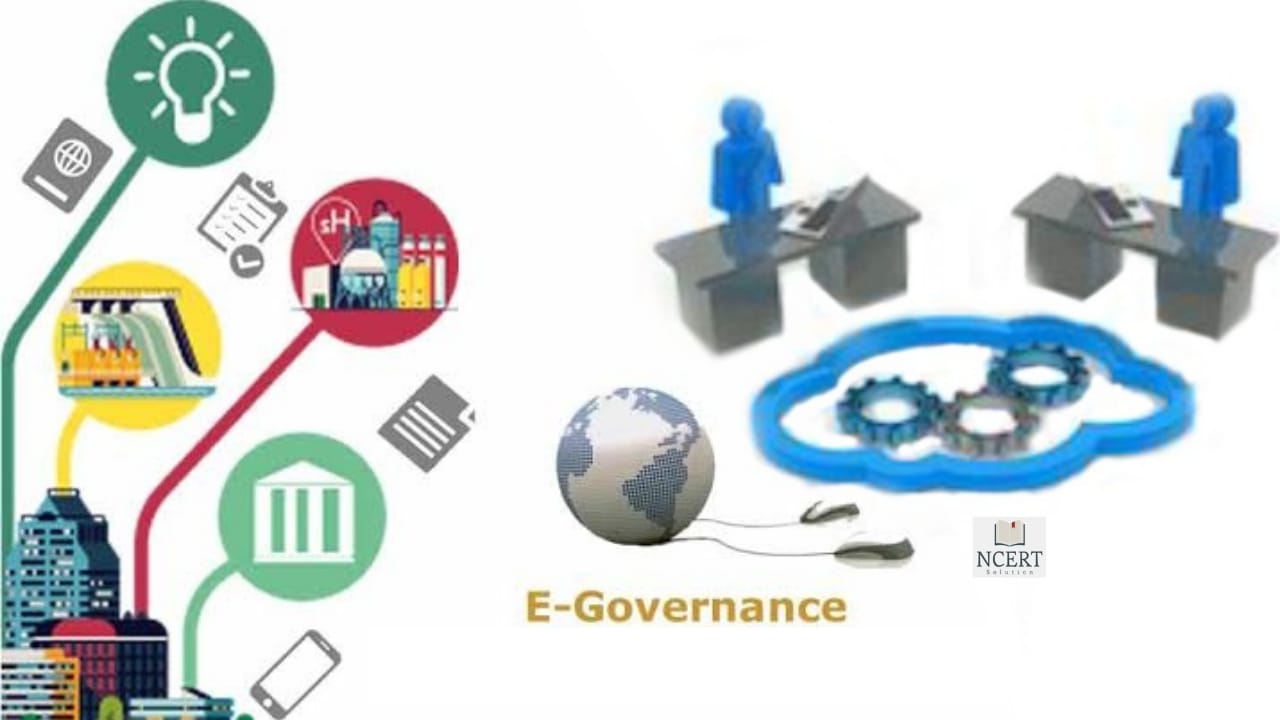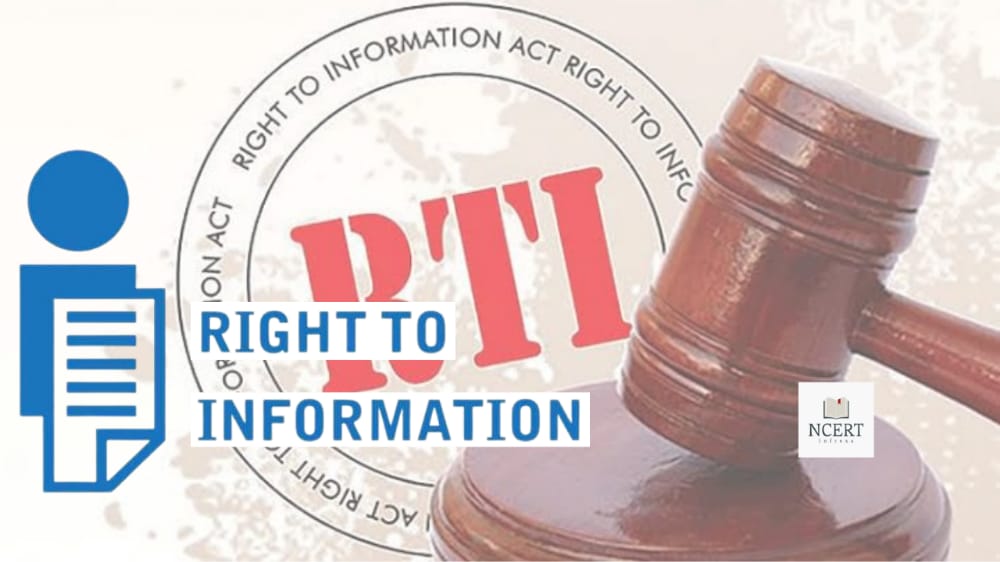What is E-Governance? The modern era is also called the digital age because at present 8 out of every 10 people have smartphones and there are about 4.66 billion internet users in the whole world.
Talking about India, 34 percent of the world’s population resides in India. India has about 700 million people using the Internet.
At present people use the Internet to get information, to reach information, to get entertainment and education and it has numerous benefits and is widely being used by the governments of each province in their daily work. The use of the Internet simplifies the complex tasks of the government, and this easy form of governance is known as e-governance.
What is e-governance
E-governance means ease of governance. This easy form of Governance can be achieved by introducing the computerized process in the routine work of the government.
In other words, E means “electronics” and governance means “government”. The term e-governance meant an electronic government.
For the development of e-governance, the National Satellite Computer Network was sent into space by the Indian government in 1987, which promotes all the work of e-governance.
It plays an important role in enabling all the schemes made by the government (GST return, Aadhar card correction, and application for RTI, etc.).
At present, all government work is computerized through an online medium. All of that is done under e-governance.
The fulfillment of the objectives of Digital India is possible only through its works. It creates e-public opinion for the government.
It is the demand of the modern era, no nation can run at the pace of development without it.
Features
Features of e-governance are as the below –
- Internet is required for the use of e-governance.
- Smartphones are required for e-governance work.
- It is an online process through which applicants complete and submit their benefits-related applications.
- To take advantage of the functions of e-governance, proper guidelines are required i.e. which website of the applicant has to be visited, what documents are to be attached, etc.
Objectives
The objective of e-governance is –
- To reduce the complexities of government functions.
- Settlement of government works in less time and less expenditure.
- To develop communication and information technology.
- For the implementation of all the schemes of the government, disseminating their information to the smallest places.
- To present directly to the public the benefits-related schemes disseminated by the government.
- To collect public opinion for the development of the work of e-governance, that is, to maintain the confidence of the public.
Uses
The use of e-governance is very prevalent since it is a demand of today’s governance. It has a variety of usefulness, for example –
- It is very useful for such countries, whose population is very large, such as India and China.
- Through this, the government disseminates information about its government work to the citizens sitting at home.
- Through e-governance, citizens can apply for any government scheme sitting at home.
- It is a means by which time and money are saved.
- Through this, the government can easily reach its schemes to the people.
Disruptive elements in e-governance
- Network – Here network refers to the speed of the Internet because for submitting the online form it is necessary that your internet speed may not be high but it should be normal.
- Server – The server is a very important contributor to e-governance. We see that when online forms are often filled, a large number of people visit or log in to that website, due to which the servers of that website get down.
Use of e-governance in education
E-governance has a very important contribution in the field of education as it has been adopted in the field of education keeping in mind the increasing population rate of India at present.
At present, online forms, examination forms, and even examinations have been conducted online.
Students get systematic details of their class’s syllabus and curriculum from the Internet. Students in the present time get less information from books and more information through the Internet.
The field of inclusive education has expanded due to e-governance. The role of e-governance during the COVID pandemic is liable to be appreciated.
The following are the uses of e-governance in education:
- To exchange information among the students.
- To create a virtual classroom.
- For the implementation and evaluation of examinations.
- For research work.
Conclusion
E-governance is generally considered to be a medium for exchanging information, but in reality, it is much more than this because through it all the work of the government is simplified.
Through this, all the work is organized and completed on an online basis.
Through this article, you learn the meaning and importance of e-governance. If you liked this post, please share this with your friends and family.




